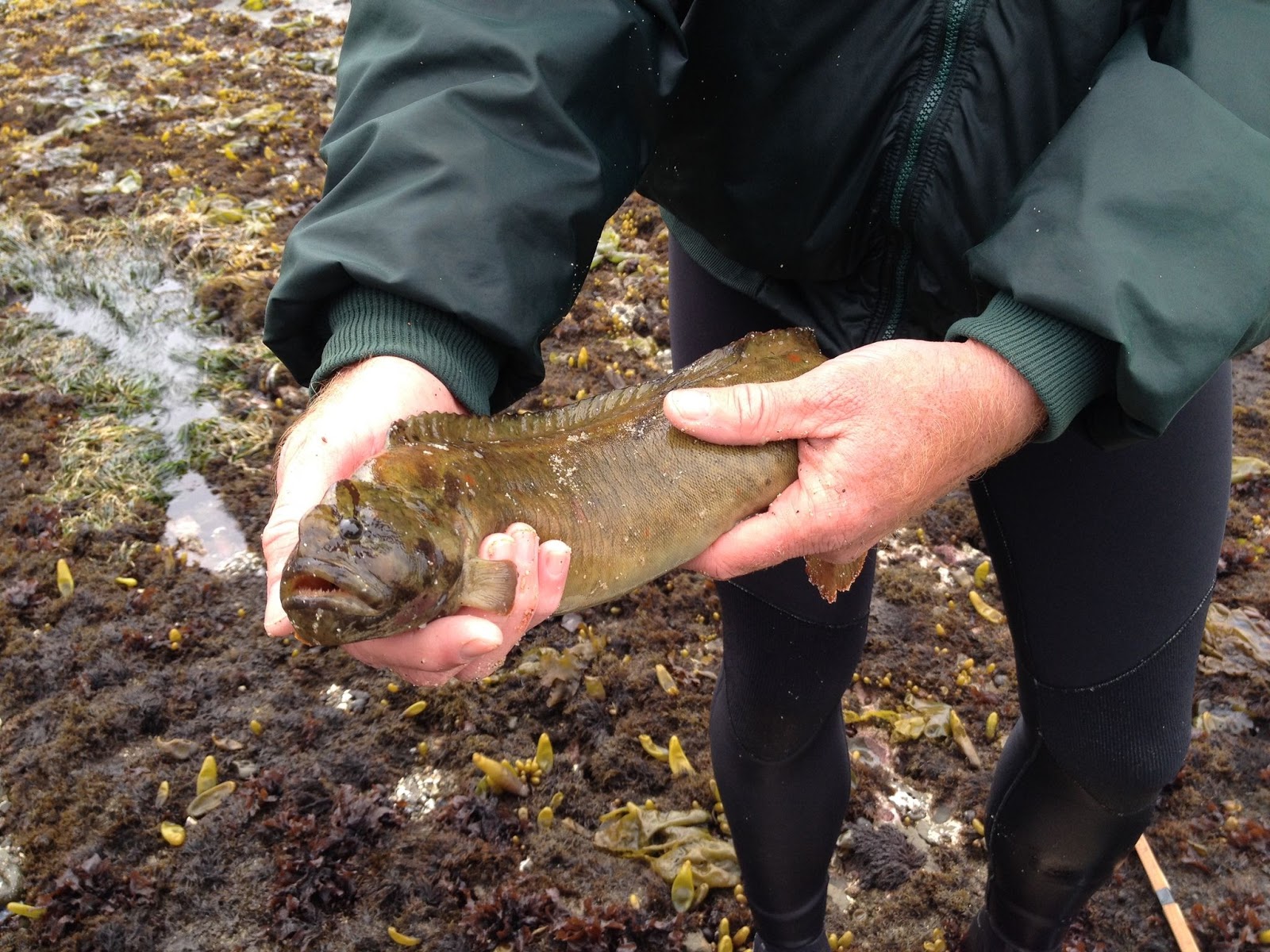The monkey faced prickleback, a fascinating species found in the coastal waters of the North Pacific, has garnered attention for its distinctive appearance and intriguing behavior. This article delves into the characteristics, habitat, and significance of the monkey faced prickleback, providing valuable insights for marine enthusiasts and researchers alike. From its unique physical traits to its ecological role, we will explore various aspects of this intriguing fish species.
As a member of the family Zoarcidae, the monkey faced prickleback (Cebidichthys violaceus) is known for its elongated body and distinct facial features that resemble a monkey's face, earning it its quirky name. These fish are not just visually captivating; they play an essential role in their ecosystem, contributing to the biodiversity of marine life in their habitats. In this comprehensive guide, we will discuss the importance of this species, its adaptations, and the challenges it faces in a changing environment.
Throughout this article, we will cover various topics related to the monkey faced prickleback, including its biology, behavior, conservation status, and more. By the end, readers will gain a deeper understanding of this unique fish and its significance in the marine world, as well as how to support its conservation efforts.
Table of Contents
- Biography of the Monkey Faced Prickleback
- Physical Characteristics
- Natural Habitat
- Diet and Feeding Habits
- Behavioral Patterns
- Conservation Status
- Ecological Importance
- Fascinating Facts
Biography of the Monkey Faced Prickleback
The monkey faced prickleback is a unique member of the prickleback family, primarily found in the North Pacific region. It is characterized by its elongated body and distinctive facial features that give it a resemblance to a monkey. Below is a summary of key data related to this species.
| Category | Details |
|---|---|
| Scientific Name | Cebidichthys violaceus |
| Common Names | Monkey Faced Prickleback, Monkey Prickleback |
| Habitat | Coastal waters of the North Pacific |
| Size | Up to 40 cm (16 in) in length |
| Diet | Primarily carnivorous, feeding on small fish and invertebrates |
| Conservation Status | Not currently endangered, but habitat loss is a concern |
Physical Characteristics
The monkey faced prickleback has several distinctive physical traits that set it apart from other fish species. These characteristics include:
- **Elongated Body**: The body of the monkey faced prickleback is long and slender, allowing it to navigate through rocky crevices easily.
- **Facial Features**: Its unique facial structure includes a prominent snout and large eyes, resembling a monkey's face, which is where it gets its name.
- **Coloration**: They typically exhibit a blend of green, brown, and gray colors, providing excellent camouflage against their rocky surroundings.
- **Fins**: This species has soft dorsal and anal fins that extend along much of its body length, aiding in its movement through water.
Natural Habitat
The monkey faced prickleback inhabits the coastal waters of the North Pacific, particularly in rocky substrates and tide pools. Its preferred environment includes:
- **Rocky Reefs**: These provide shelter and breeding grounds for the species.
- **Tide Pools**: Shallow pools offer a rich habitat with ample food resources.
- **Subtidal Zones**: The species can be found in deeper waters, where it continues to thrive.
Diet and Feeding Habits
The diet of the monkey faced prickleback primarily consists of small fish and invertebrates. Its feeding habits include:
- **Predatory Behavior**: The monkey faced prickleback is a carnivorous species that actively hunts for its prey.
- **Feeding Strategy**: It utilizes its elongated body to navigate through tight spaces in search of food.
- **Seasonal Variation**: The availability of prey can vary seasonally, influencing its feeding patterns.
Behavioral Patterns
The monkey faced prickleback exhibits various behavioral traits that are noteworthy. These behaviors include:
- **Aggressive Territoriality**: Males can be aggressive towards one another, especially during breeding season.
- **Camouflage**: The fish can blend into its rocky surroundings to avoid predators.
- **Social Structure**: They are often found in small groups, particularly in areas with abundant food sources.
Conservation Status
While the monkey faced prickleback is not currently listed as endangered, several factors threaten its habitat and population. These include:
- **Habitat Loss**: Coastal development and pollution can degrade the rocky habitats where they thrive.
- **Climate Change**: Changes in water temperature and ocean acidity can impact food availability and reproduction.
- **Fishing Practices**: Bycatch in fisheries can inadvertently harm this species.
Ecological Importance
The monkey faced prickleback plays a significant role in its ecosystem. Its ecological contributions include:
- **Prey and Predator Dynamics**: As a predator, it helps regulate the populations of its prey species.
- **Biodiversity**: This species contributes to the overall biodiversity of marine environments.
- **Indicator Species**: Changes in its population can indicate the health of the marine ecosystem.
Fascinating Facts
Here are some intriguing facts about the monkey faced prickleback:
- **Unique Name Origin**: The name derives from its unusual face, which resembles that of a monkey.
- **Breeding Behavior**: Breeding typically occurs in the spring, with males establishing territories to attract females.
- **Adaptability**: This species can adapt to various environmental conditions, making it resilient in changing habitats.
Conclusion
In summary, the monkey faced prickleback is a unique and fascinating species that plays a vital role in its marine ecosystem. Understanding its biology, behavior, and conservation status is crucial for protecting this remarkable fish. As marine environments face increasing pressures from human activities and climate change, awareness and conservation efforts become essential.
We encourage readers to engage in marine conservation efforts and support initiatives that aim to protect the habitats of the monkey faced prickleback. Share your thoughts in the comments section, and feel free to explore more articles on marine life!
Closing Remarks
Thank you for taking the time to learn about the monkey faced prickleback. We hope this article has provided you with valuable insights into this unique fish species. We invite you to return for more engaging content and exploration of the wonders of the marine world.



